Chinatown Museum reopens with digital gallery of pre-war Manila
Calling all history and culture buffs! The Chinatown Museum has once again reopened its doors to the public with a modern new gallery featuring digital models recreating pre-war Manila.
To welcome visitors, the interactive museum which highlights Binondo's history as one of the oldest Chinatowns in the world, has partnered with the heritage advocacy group, Renacimiento Manila, for a special exhibit entitled “Digital Manila”.
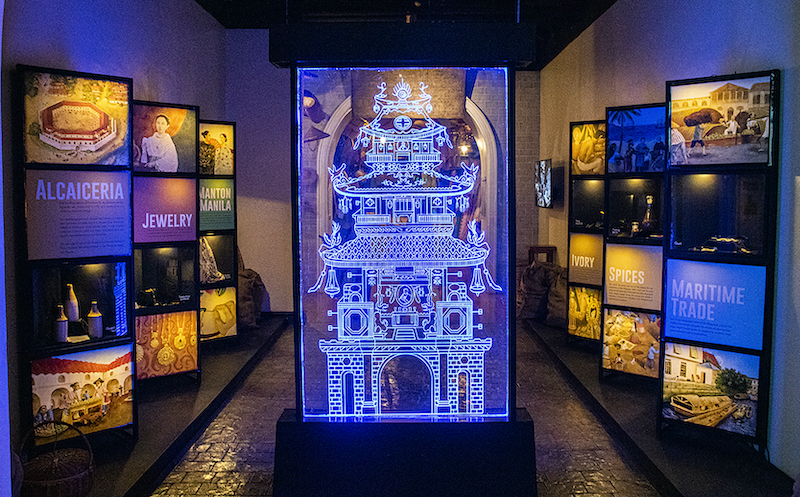
The exhibit is part of the artist’s heritage advocacy group's plans to create a series of animated videos of how Manila might have looked during the Commonwealth Period (1935 – 1941). For this exhibit, the group presented to the public its first video which features with 3D models and renderings of pre-war Escolta.
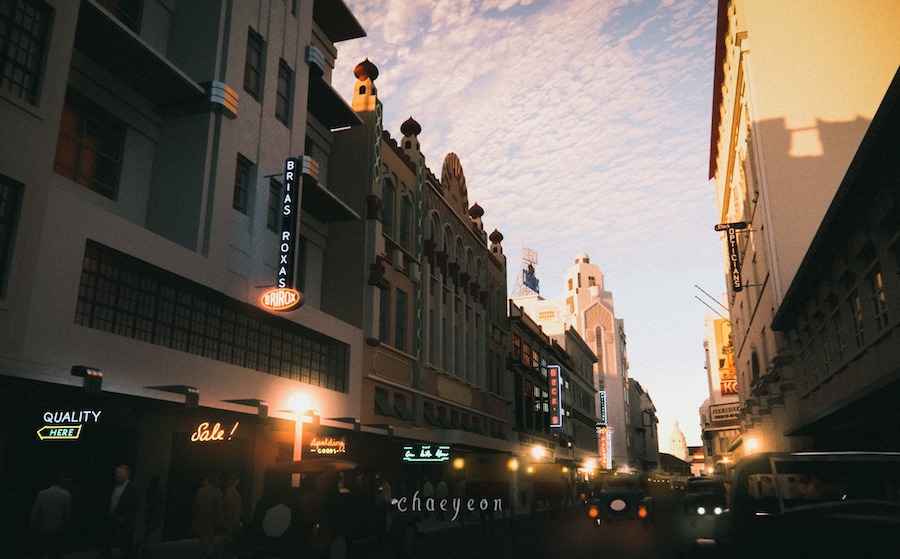
"The Digital Manila Project aims to recreate Manila's lost and endangered cityscapes and structures, in order for modern citizens to know of their significance and the great story of the city. Future directions include recreating other districts adjacent to Binondo and producing other materials from the model such as videos, games, and other media," according to the heritage group.
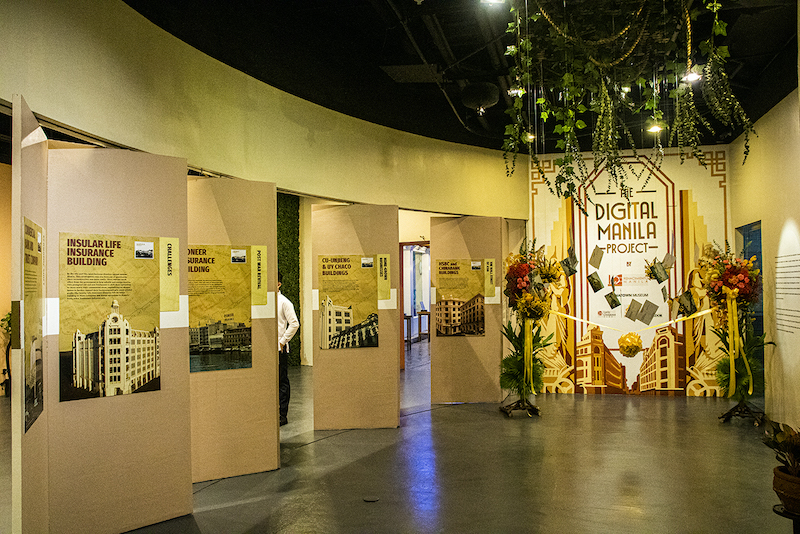
Aside from the video of Escolta, the exhibit is supplemented with photos of pre-war Manila, as well as print ads and artifacts from that era. Short of traveling back in time, this exhibit could be a great way for the younger generation to see what iconic landmarks and heritage structures around Manila looked like from the 30s to early 40s.
Admittedly, there are those who will think that the effort and enthusiasm of Renacimiento Manila as naïve. The reason being that they think battling to save architectural heritage in Manila is a lost cause. However, those involved in the Digital Manila project, many of whom are architects or students of architecture, think otherwise.
They admit that working on the project has allowed them to study in greater detail some of Manila’s destroyed architectural heritage based on blueprints, archival photos and film footage. It’s a possibility that in the future, these architects will apply what they have learned in the construction of future Manila landmarks.

The Renacimiento team have their own particular picks of iconic buildings featured in the video that they would like to see eventually rebuilt. For Chinatown museum curator Janine Cabato, it is the Lyric Theater, a landmark which back in 1929 was a 1,600-seat theater considered to be the only first-class movie house in town. Lyric survived the bombing of Manila during World War II and even became the home of Warner Bros. Production from 1945 to 1970.
For Carlos Cucueco III, project head for the Renacimiento Manila, another iconic building that deserves to be rebuilt is the Crystal Arcade, the first shopping mall in the Philippines. The literal crystal building inaugurated in 1932 once housed the Manila Stock Exchange along with offices and upscale shops frequented by Manila’s elite and was the first public space to have airconditioning.
When asked if they think that both buildings would be able to adapt to the needs of today’s generation to justify them being rebuilt, both were confident that it would.
Cabato points to the example of the Perez – Samanillo Building aka First United Building as a good example of a structure from that era that has successfully adapted to the needs of the modern times. The Art Deco building now houses HUB: Make Lab, an incubator for creative startups, a community museum that features Escota’s rich history, The Den Coffee & Contemporary Culture cafe, and the artist-run bar Fred’s Revolucion.
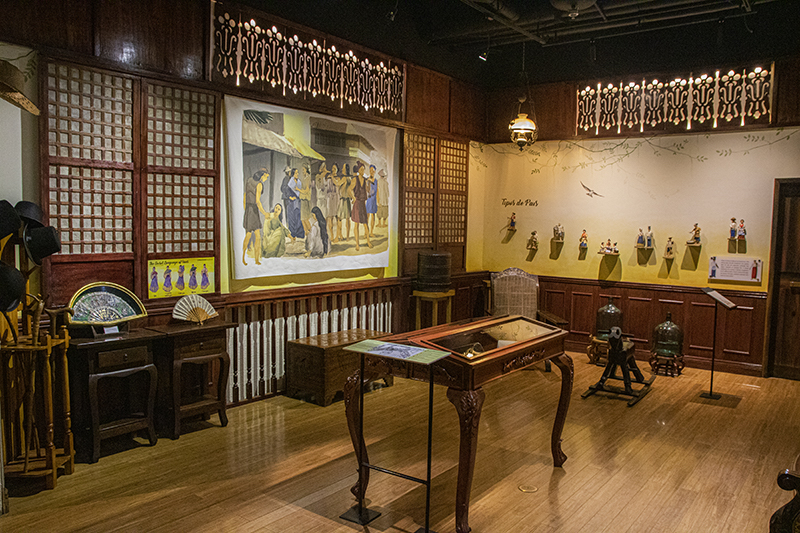
Cultural advocate, author and Old Manila Walks tour guide Ivan Man Dy, who gave the keynote speech for the event, encourages the public to check out the exhibit and study the past to build a better future.
"It's learning Manila’s, specifically Binondo’s history. Beyond rose-tinted, colonial-era nostalgia, I hope it inspires the younger generation to use history and heritage as an anchor and be pro-active in helping create a better city for Manileños,” said Dy.
Chinatown Museum only opened in 2019 and not many people may have had a chance to visit it during the pandemic era. For those who visit for the first time, expect to get acquainted with the history behind Manila’s Chinatown. For those who have previously visited, the Digital Manila exhibit certainly adds depth to the museum’s narrative.
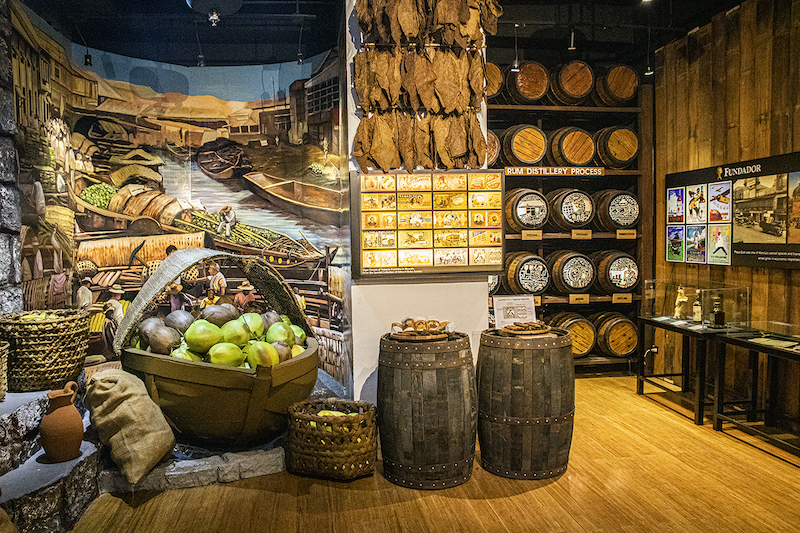
The launch of the Digital Manila Project was well attended by members of Manila’s cultural and heritage community including author Augusto de Viana and wife, Lorelie, an architect and an author herself who is featured in some of the museum’s in-house videos discussing various aspects of Binondo’s history.
ICOMOS Philippine president, Tina Paterno, was also seen gracing the event along with archeologist, Elisa R. Valtos. Editor and businessman, Rafael ‘Apa’ Ongpin, was also at the event. Ongpin admitted that aside from the Digital Manila project, he went there to see the reconstruction of the art supply store, El 82. It is especially significant for him as the original shop, which sold sold oil paint, watercolor, paint brushes and other art supplies, was founded by his ancestor, Roman Ongpin back in 1882.
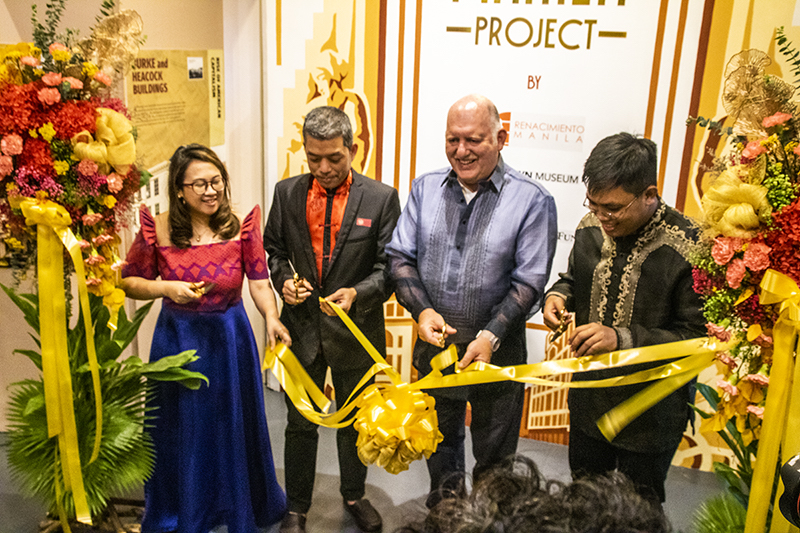
As far as the museum and its staff is concerned, the Digital Manila exhibit is only the start. In the coming months more activities are lined up in the bustling Binondo district including a bike tour with Bambike Manila, a food tour in partnership with Polland Hopia, sketch walks, and photo walks.

Chinatown Museum is located inside Lucky Chinatown Mall along Calle Reina Regente in Binondo. The special exhibition in partnership with NCCA is free of charge and will run from July 16 to December 31, 2022. For those who want to check out the whole Chinatown Museum, entrance fees are P150 for regular customers, P120 for seniors and PWDs and P100 for students. Chinatown Museum is open from Tuesday to Sunday, 10:00 am to 6:00 pm. Check out their Facebook page for updates.


